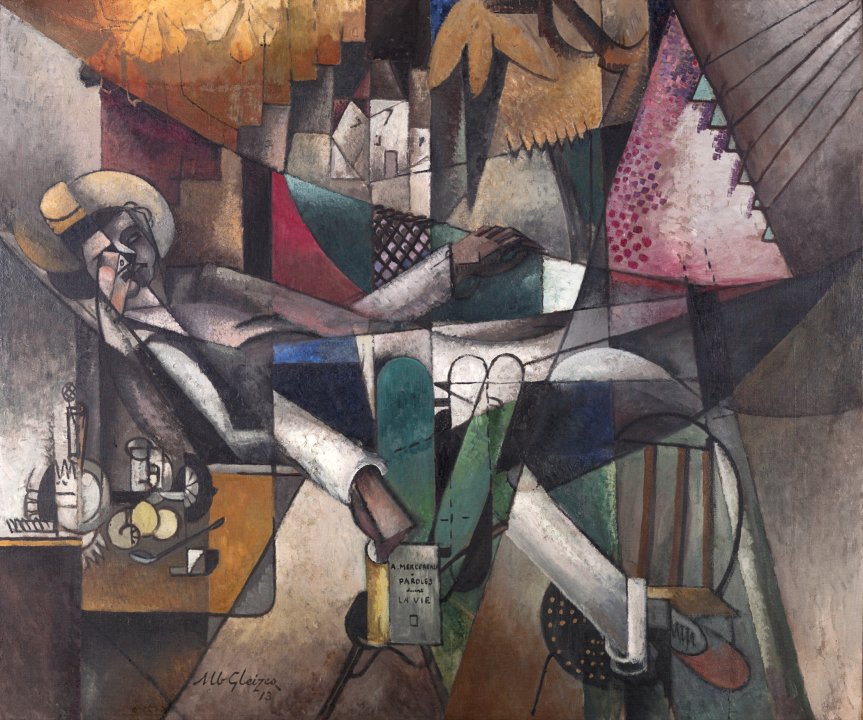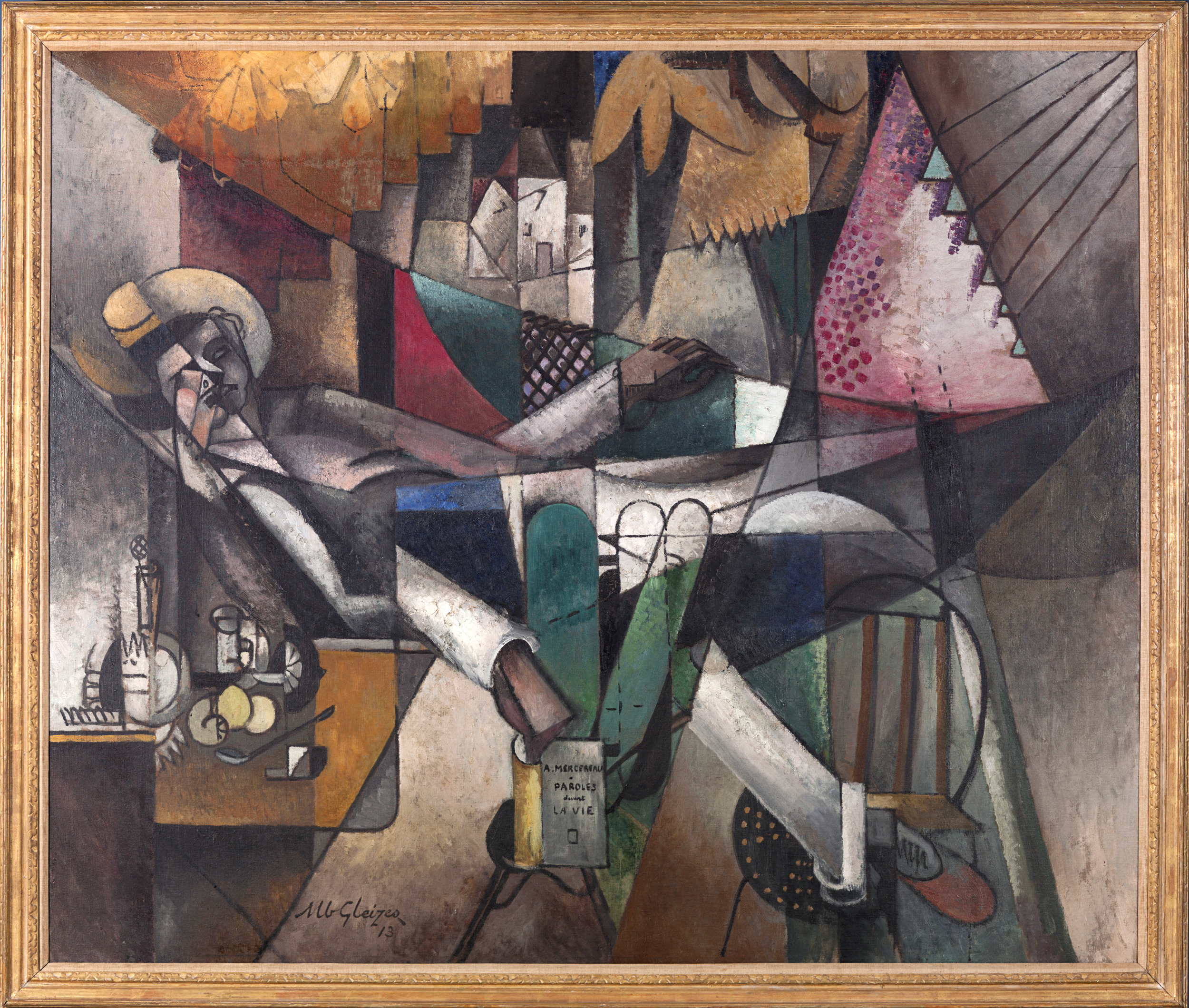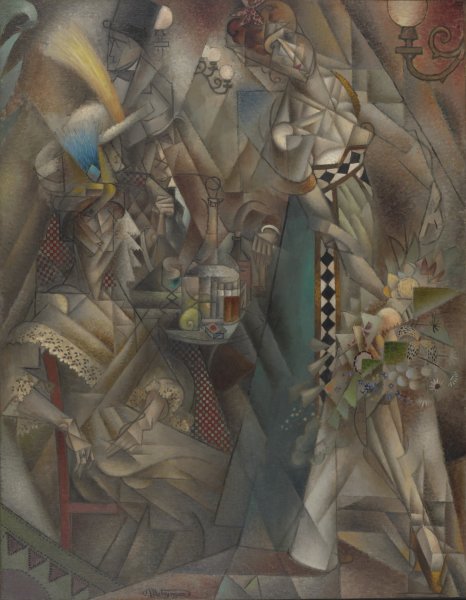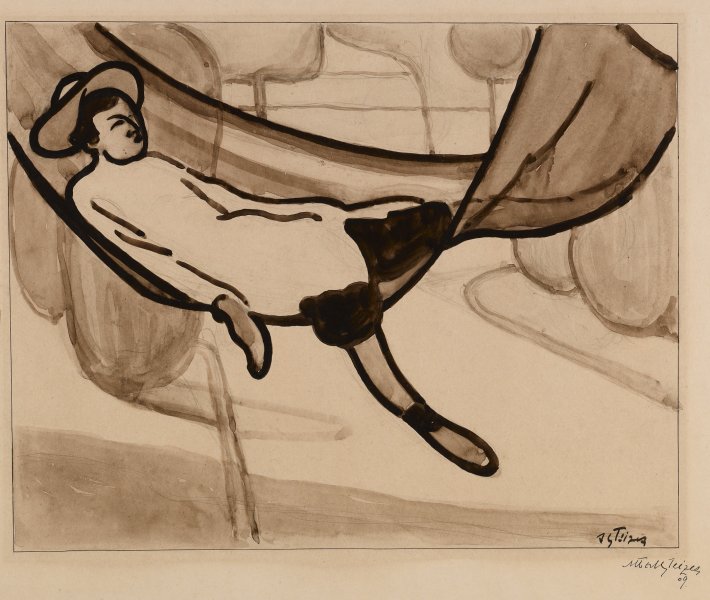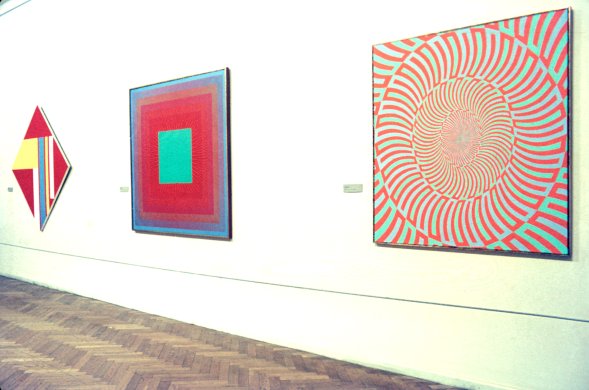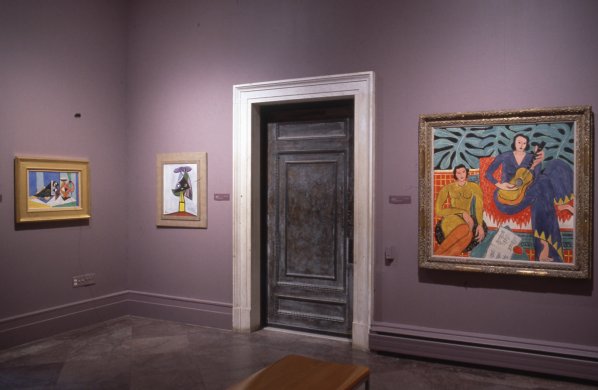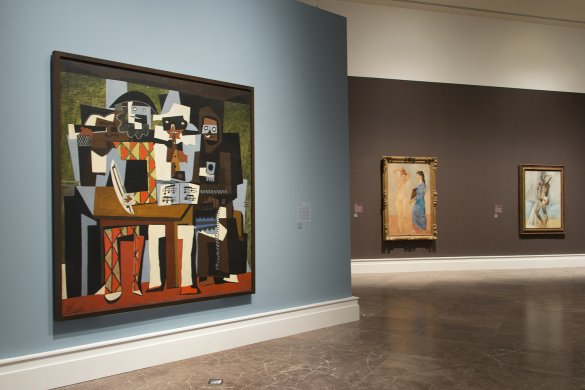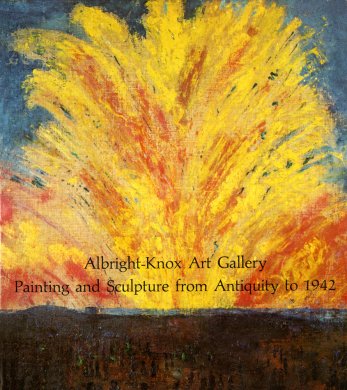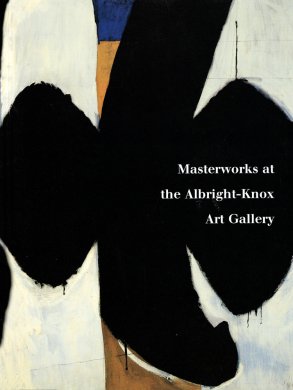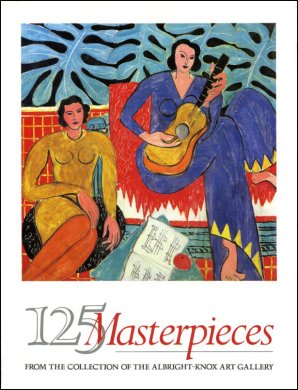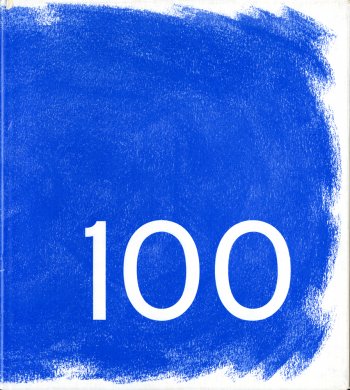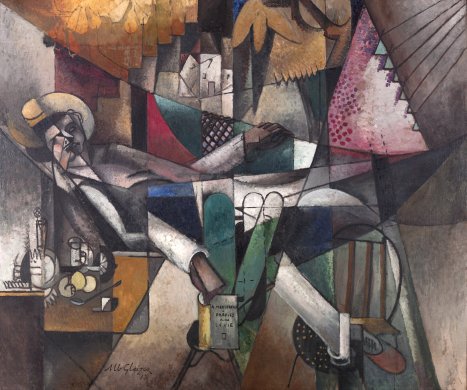Albert Gleizes
French, 1881-1953
L'Homme au hamac (Man in a Hammock), 1913
Artwork Details
Collection Highlight
Materials
oil on canvas
Measurements
support: 51 1/4 x 61 1/4 inches (130.18 x 155.58 cm); framed: 56 x 65 3/4 x 2 3/4 inches (142.24 x 167.005 x 6.985 cm)
Collection Buffalo AKG Art Museum
Credit
General Purchase Funds, 1957
Accession ID
1957:2
Unlike Georges Braque and Pablo Picasso, who worked on a relatively small scale during the early 1910s, Albert Gleizes, like Jean Metzinger, preferred to develop his complex imagery on a larger scale in bold, vivid colors. Gleizes was primarily interested in portraying the human figure in relationship to the landscape, and in this painting he took this notion a step further by merging the two with elements of the still life. In Man in a Hammock he broke the composition down into several planes plotted along a linear grid. The figure holds a book by poet Alexandre Mercereau (French, 1884–1945), who introduced Cubism to Eastern Europe through a series of exhibitions in Moscow and Prague. Gleizes was familiar with Mercereau’s work and previously collaborated with him and others in the founding the Abbaye de Crétail, a utopian artistic and literary community in a suburb of Paris. The “man in the hammock” is quite possibly a self-portrait.
Label from Picasso: The Artist and His Models, November 5, 2016–February 19, 2017
